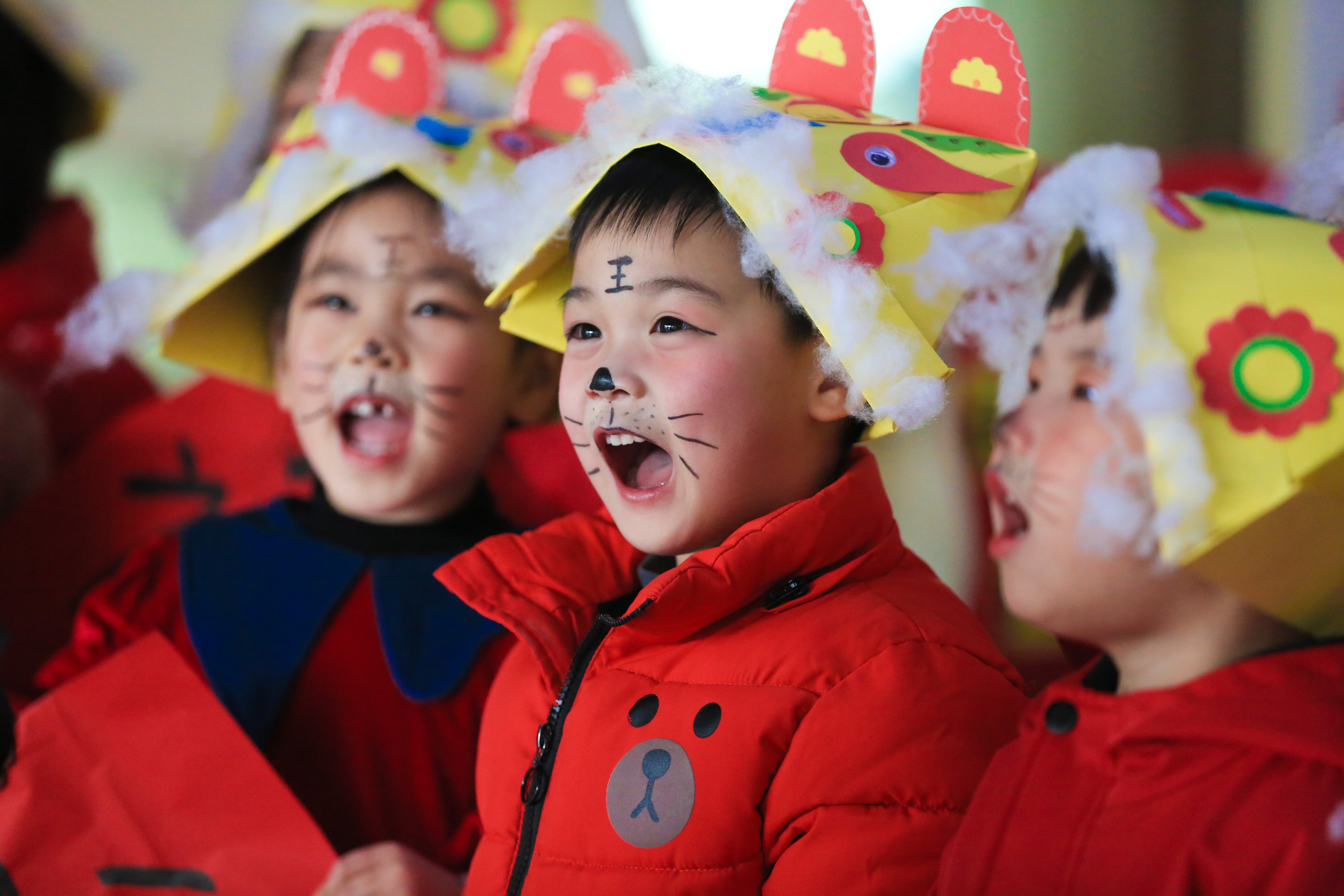China’s birth rate drops to six-decade low while economic growth slows
Young Chinese people are reluctant to have children despite a government drive to encourage births

Your support helps us to tell the story
From reproductive rights to climate change to Big Tech, The Independent is on the ground when the story is developing. Whether it's investigating the financials of Elon Musk's pro-Trump PAC or producing our latest documentary, 'The A Word', which shines a light on the American women fighting for reproductive rights, we know how important it is to parse out the facts from the messaging.
At such a critical moment in US history, we need reporters on the ground. Your donation allows us to keep sending journalists to speak to both sides of the story.
The Independent is trusted by Americans across the entire political spectrum. And unlike many other quality news outlets, we choose not to lock Americans out of our reporting and analysis with paywalls. We believe quality journalism should be available to everyone, paid for by those who can afford it.
Your support makes all the difference.China’s birth rate in 2021 dropped to its lowest level in six decades, indicating young people’s reluctance to have children despite a government drive to increase population growth.
The National Bureau of Statistics said yesterday that 10.62 million babies were born in 2021, a rate of 7.52 per thousand people. While death rates in the same period were at 7.18 per thousand, leaving a natural growth rate at 0.034 per cent.
The new rate marked a decline from around 12 million new births in 2020 at a rate of 8.52 per every thousand people.
The birth rate is the lowest in China since 1960 when Mao Zedong’s Great Leap Forward, which took place between 1958 and 1962, triggered a population contraction of 0.45 per cent and the deaths of an estimated 30 million people.
The Chinese government’s figures have also shown an increase in the proportion of over-60s from 18.7 per cent in 2020 to 18.9 per cent last year.
The high cost of living, delayed marriages and lack of social mobility are often listed as contributing factors to young Chinese people’s reluctance to have children. In response, Beijing has pledged better access to childcare and maternity leave.
China suffers from a demographic crisis that threatens its economic growth, despite abolishing the decades-long one-child policy in 2016 and replacing it with a two-child limit. The birth rate has subsequently seen a slow rise for two years before dropping again.
“The demographic challenge is well known, but the speed of population ageing is clearly faster than expected,” Zhiwei Zhang, chief economist at Pinpoint Asset management, told Reuters.
“This suggests China’s total population may have reached its peak in 2021. It also indicates China’s potential growth is likely slowing faster than expected,” Mr Zhang said.
Analysts say one of China’s biggest dilemmas is that the population has reached a level of education and income where having more children has become less attractive. Recent studies show that the average household in China has fallen from 3.4 members in 2000 to just 2.6 today.
The decline in working-age people’s numbers and the increase in the older population could be detrimental to the world’s second-largest economy on multiple fronts. It means a slump in tax revenues, especially for local governments responsible for providing medical, health care, education and pensions.
It is also a significant factor in the decline in overall GDP growth in China’s economy.
Yesterday, China also revealed a year-on-year economic growth rate of just 4 per cent in the last three months of 202, down from 4.9 per cent in the previous quarter, according to the National Bureau of Statistics.
The overall growth was 8.1 per cent, exceeding most economists expectations and came well above the government annual growth target of 6 per cent.
The low expectations came amid a slow recovery in the second half of 2021, after recording a growth rate of 18.3 per cent in the first quarter.
“The domestic economy is under the triple pressures of demand contraction, supply shock and weakening expectations,” the bureau’s spokesman Ning Jizhe warned yesterday.
The government’s crackdown on tech giants and the property market, most notably the spillover of property giant Evergrande to other developers, have produced challenges to the overall GDP growth.
Other government policies such as the prompt campaign to regulate the $100bn private tutoring industry, successive Omicron outbreaks, and subsequent lockdown measures to fight local clusters have also disrupted employment and supply chains.
In December, industrial production grew more than expected at 4.3 per cent, government data showed. For the full year, industrial production rose 9.6 per cent.
But retail sales growth slowed to 1.7 per cent last month, down from 3.9 per cent in November. At the same time, the urban unemployment rate ticked up to 5.1 per cent in December.
To help stop the decline, the People’s Bank of China (PBOC) cut the rate on its one-year policy loans to 2.85 per cent, the first drop in almost two years as a clear signal from authorities that the outlook this year remains uncertain.



Join our commenting forum
Join thought-provoking conversations, follow other Independent readers and see their replies
Comments